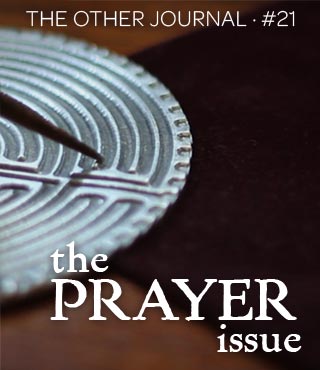silent wealth
A love poem.
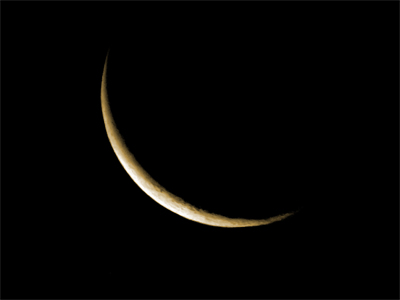
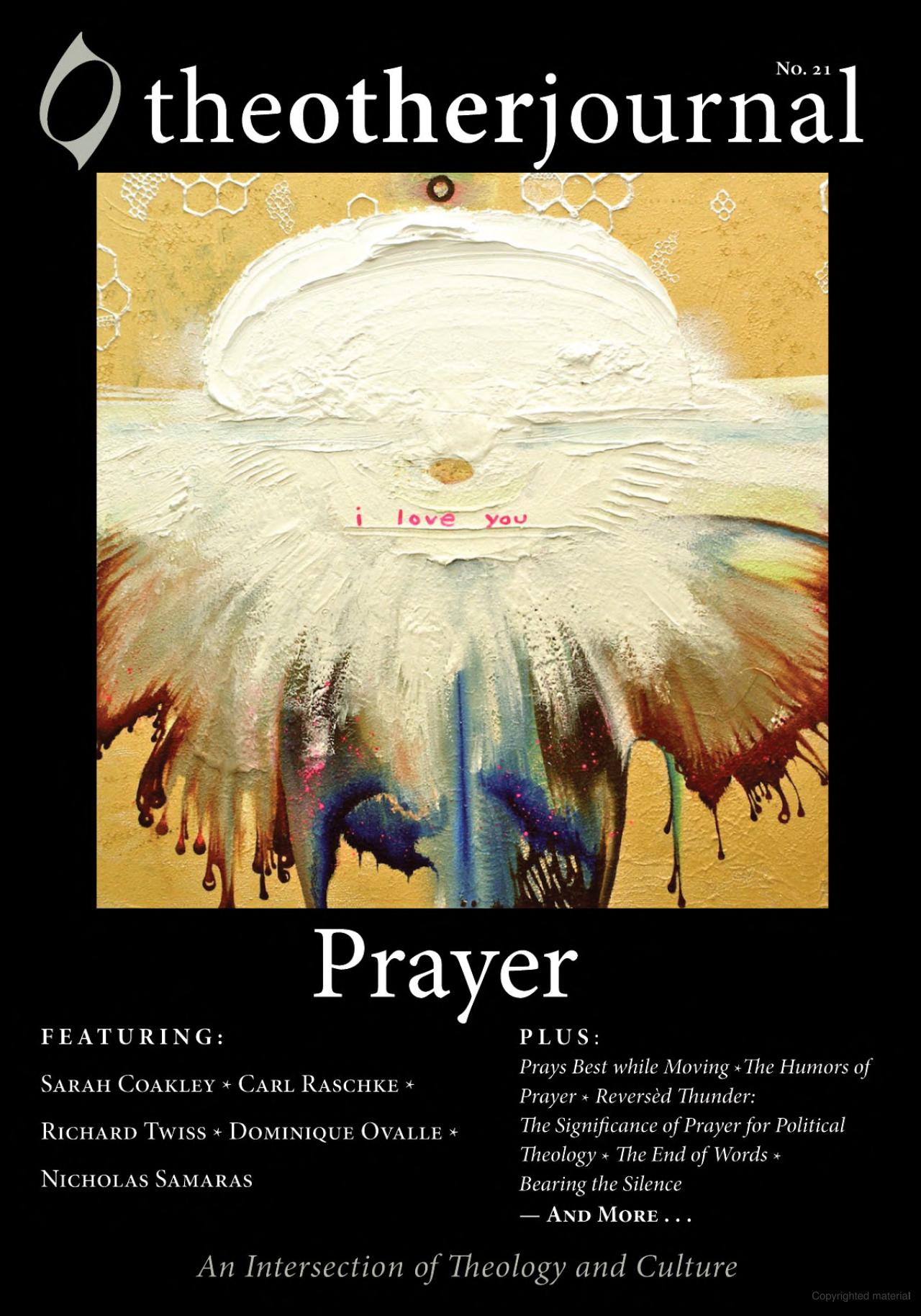
In this issue of The Other Journal, our contributors address some of the hardships of finding our way in the transformative mystery that is prayer. They consider prayer in all its questions and practicalities. They carefully think through intercessory prayer and prayerful political theology and what it means to commune with God and one another. And they dance, laugh, and pray like fools.
A love poem.

The speaker in this poem examines her place between the “blessed and unblessed” and observes the gap between her actions of piety and the “attempt” at a life.
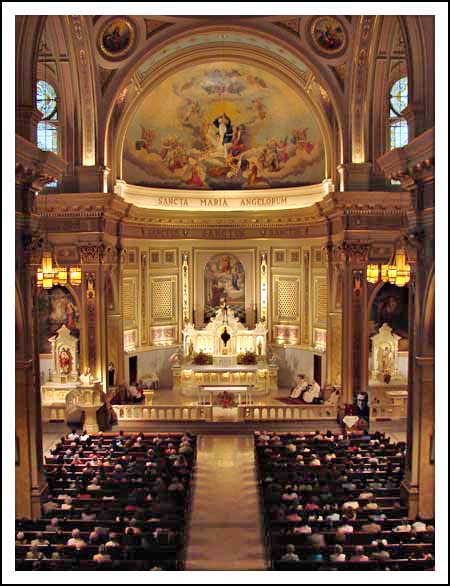
This body of work from photographer Kurt Simonson relates to his experiences living at the L’Abri communities and takes notice of themes such as stillness, presence, and community.
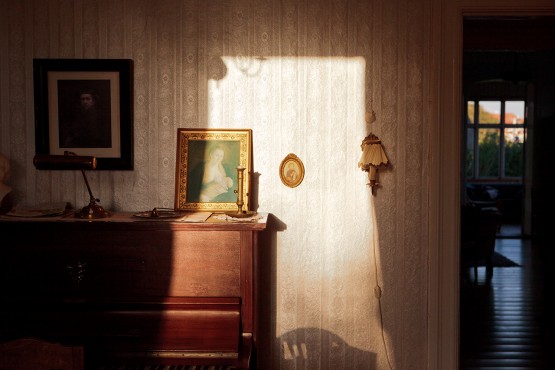
This reflection explores some aspects of the relationship between the priestly ministry of Jesus Christ and the mission of God in which the church participates.
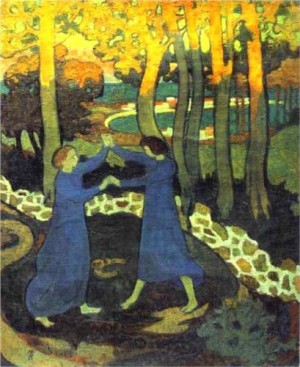
An interview with California artist Dominique Ovalle on painting, beauty, murals, cockroaches in Palau, and a reality behind life as an artist.
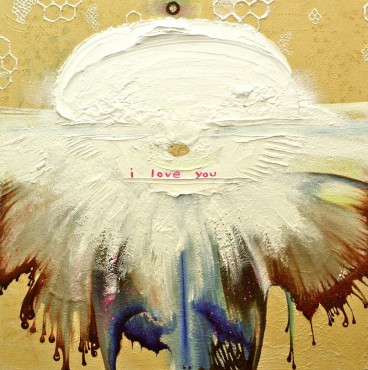
Laura Brown strings together snippets of memory from the “ragtag communities” that have taught her how to stitch her own “book of common prayers.”

In “For Hannah,” Robert Vander Lugt tries to narrate the experience of watching a child cling to life in a hospital bed and encounters difficulty in the motions and effects of prayer, in how to tell such a story in the first place.

I prayed better when the children were small, when we spread out the crayons in the center of the dining table and crafted leaf rubbings. When we modeled shapes from colored beeswax, and I’d find miniature wax cats and roses tucked in between the books on the shelves. When the children pushed little trains on […]
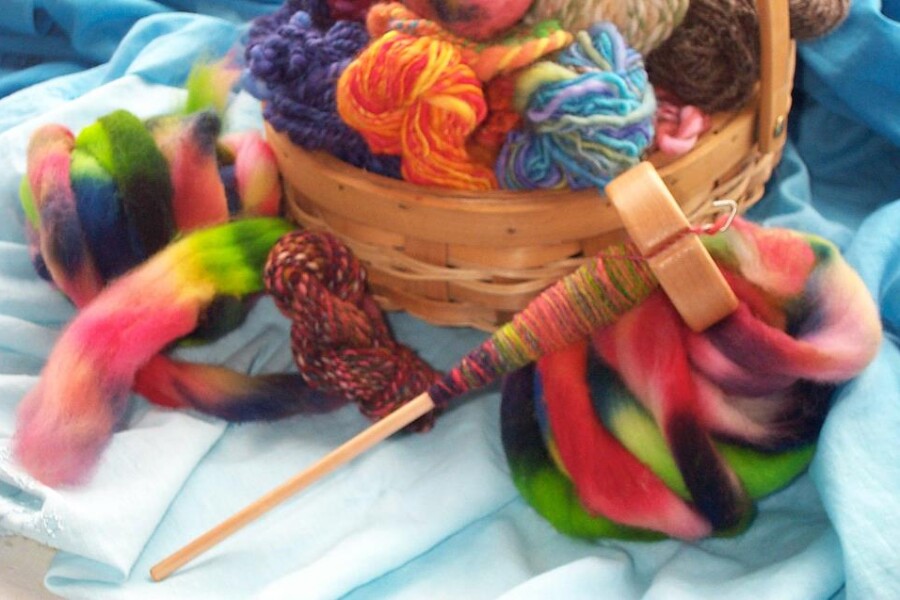
This review examines Crystal Downing’s Changing Signs of Truth, which successfully applies semiotics, an often arcane and inaccessible academic discipline, to the practical theological task of understanding the relationship between Christian faith and culture.
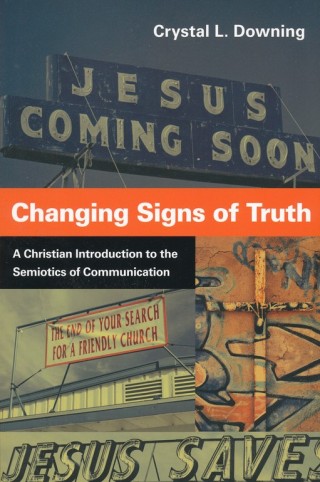
In “Manifestation,” the poet Tania Runyan encounters prayer as something that hooks her “like a dendrite branch,” its movements slow, deliberate, and intimate.
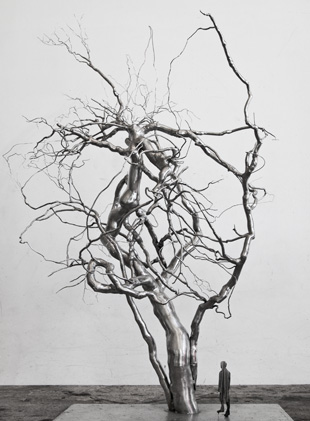
A reflection comparing word-based spiritual practices to embodied ones such as yoga.

“She could no longer hold her flesh together,” observes Tania Runyan in her description of a bronzed statue of a woman carrying “the heft of the commandments,” her mouth open in a silent, graven prayer.
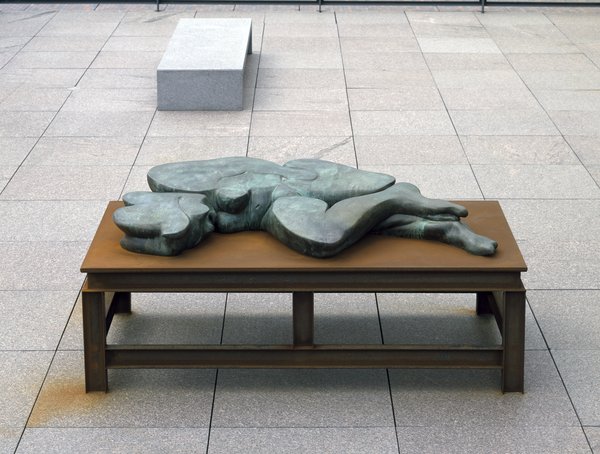
In “Tiniest Prayer,” the poet Nicholas Samaras recognizes the motion of prayer as one that humbles, that moves one “out of the center” and into the will of God.
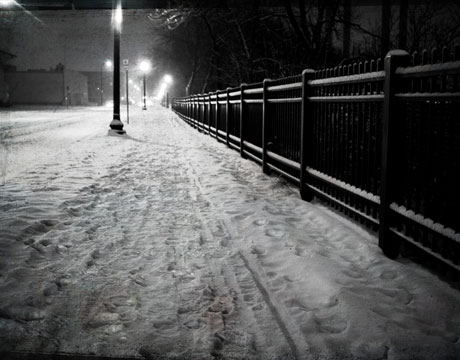
In “Unseen,” the poet Luci Shaw examines air as both force and shelter, a mysterious tabernacle “for what we can’t see.”
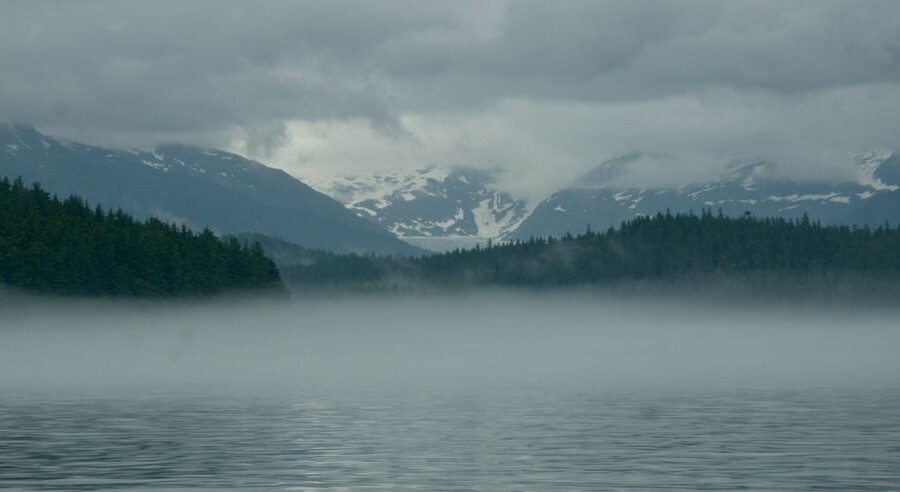
Cathy Warner offers a segmented chronology of her prayer life, an ongoing search to rest in the love of God, even “beyond words.”
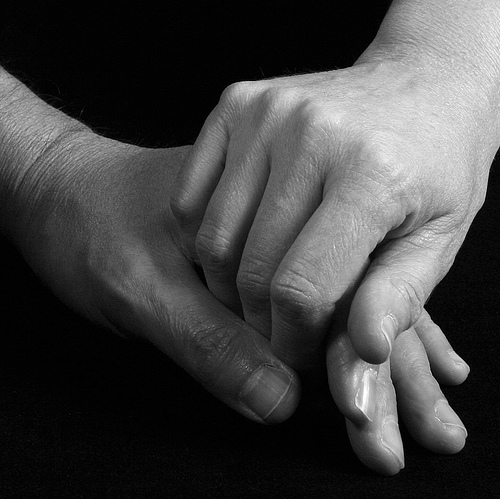
The theologian and Anglican priest Sarah Coakley discusses the importance of prayer for theological reflection and daily life.
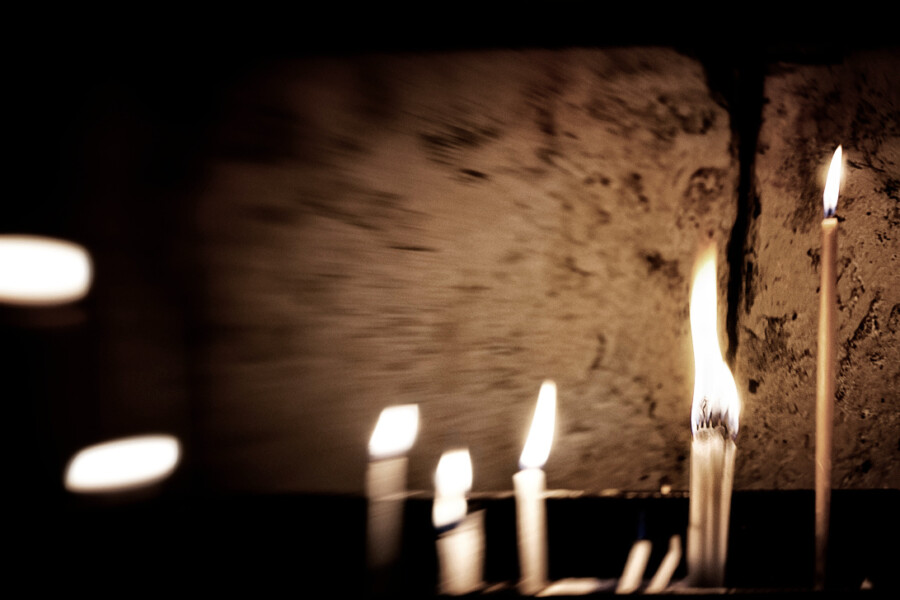
This essay argues against sentimentalized images of the nativity for a more realistic rendering of the birth of Jesus.
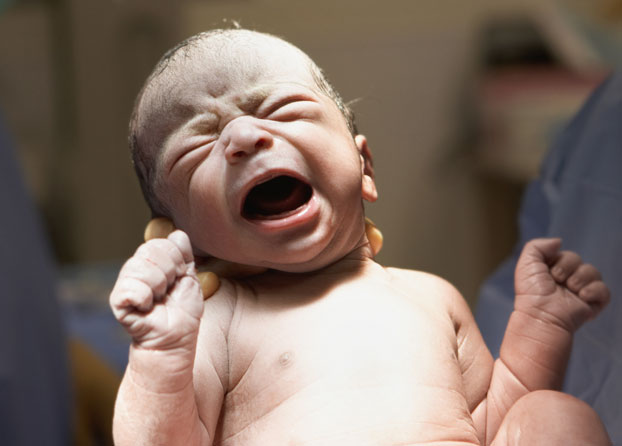
God’s longings for us always seem connected to a bigger picture that includes others.
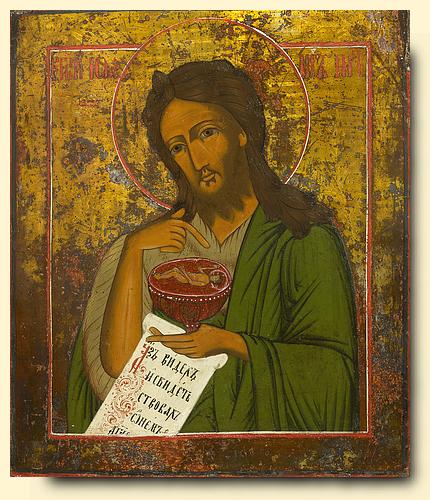
Sarah Coakley shares how prayer intersects with her work as a scholar and as a priest and makes a case for asceticism in the everyday prayer life of Christians.

In “Prayer, Insisting,” the poet Nicholas Samaras’s aching meditation on his own metonia, or repentence, is couched in an ancient prayer: Lord Jesus Christ, have mercy on me, a sinner.
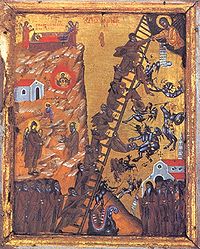
A short story by Tania Moore.
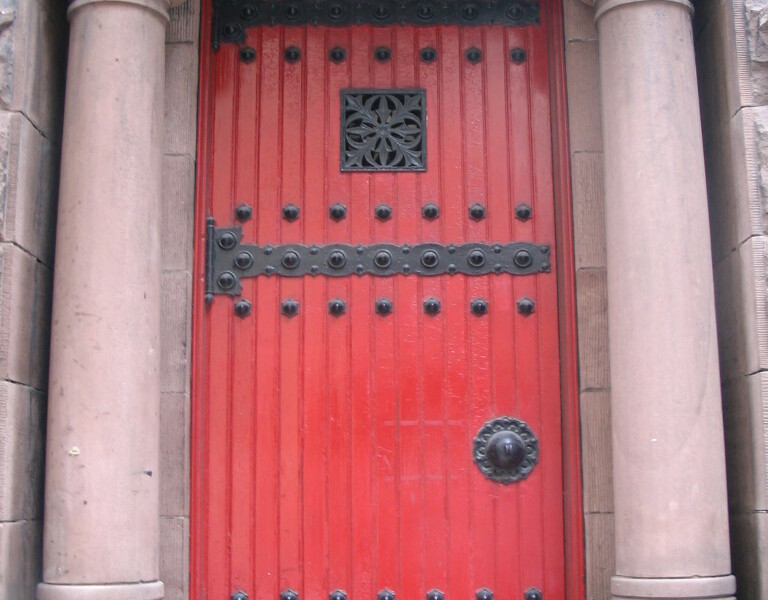
In this interview, Twiss discusses his prayer life, dance prayer, dialoguing with God, and Jesus the Prince of Peace.
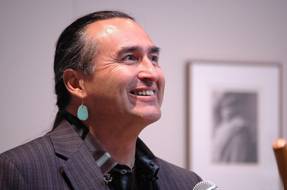
In “Light Adaptation,” the poet Sarah Steinke offers images that evoke childhood fear and the darkness of memory while also leading into the freedom of revelation, of “everything visible” becoming “light.”
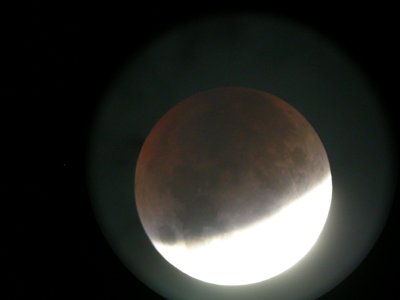
In “Prayer as Definition,” the poet Nicholas Samaras meditates on the essence of prayer as both conversation and communion, even with the barest of words.
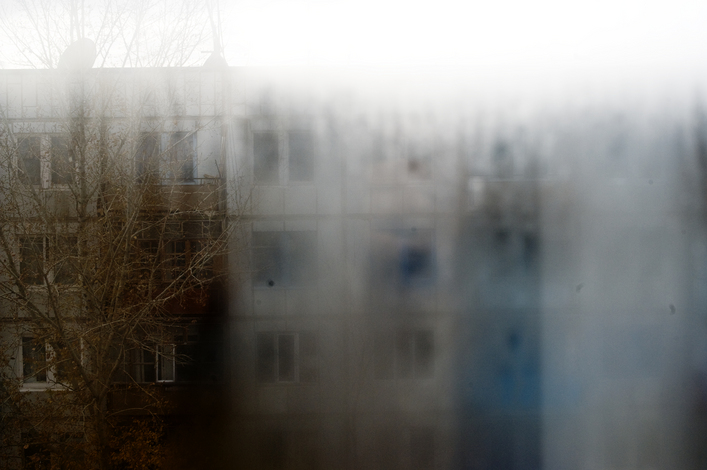
Rebecca Lynne Fullan, in “Telling My Beads,” weighs her reasons for wearing a rosary for inspiration, Christ’s “tiny twist . . . of body in metal” a strange weight on both body and soul.

Marci Rae Johnson, in “Desk, with Window Frame and Heaven,” offers a sketch of a private room, an unopened window, a sad Jesus on a simple crucifix, and the billowing of both clouds and desire to open and be opened, to see more than “the words behind [our] eyes.”

I. To the dogwood still in bloom, the dead rhododendron, the azalea that bleeds its desire out. In case. II. To the birds in jeweled leaves, drying their feathers, wet chirps, wet grass, wet ground. To the knot in my shoulder just at the point where my mother pinned my wings, traced with pencil, snipped […]

In “Theater of the Absurd,” the narrator’s own “committed” prayers mimic the disrupting gasps of a man with Tourette’s syndrome, a visible sign of “everyman’s condition.”

In “Water Mission,” Jillena Rose offers a narrative of a childhood in Saigon, where she learned the prayer of “women in white silk laughing, letting water run over their fingers . . . another sound for praise.”
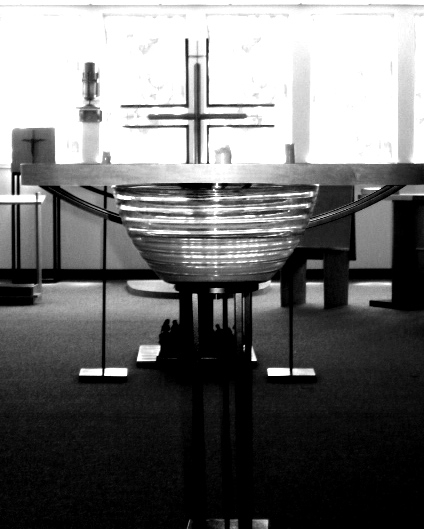
Katie Manning explores the resonance between the beating of a heart and the insistent pulses of prayer.

In this essay, Roy Barsness offers a Christian perspective on politics and citizenship; that of loving our neighbor as oneself.
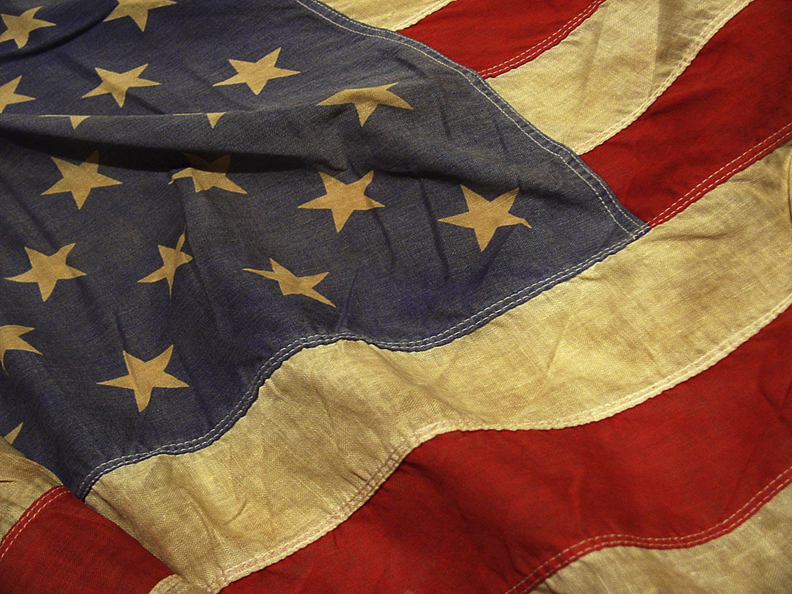
“Fearlessness is better than a faint heart for any man who puts his nose out of doors. The length of my life and the day of my death were fated long ago.”1—I read these lines in the Norse epic poem For Skirnis as a child and have remembered them often since. I steeped myself in […]

This essay, a response to a recent exchange between Stephen Webb and William T. Cavanaugh, explores the theological and ethical significance of food for Christians—what we eat, how and where it is obtained, and who suffers as a result of its production.
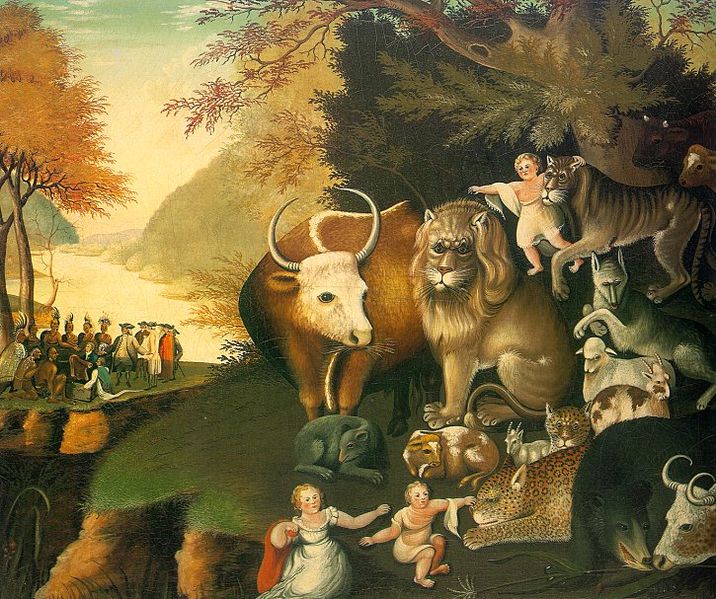
In “Manifest,” Quist’s Sunday morning rush is interrupted by a presence that both calms and sharpens, a presence that turns irritation into reverent watchfulness.
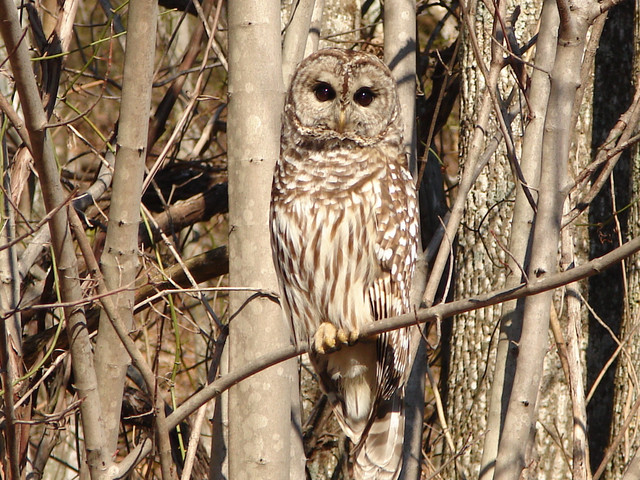
Through an examination of the role of silence in James Baldwin’s novel Go Tell It on the Mountain, this paper explores how prayer can open up life within and beyond a racist, oppressive social order.
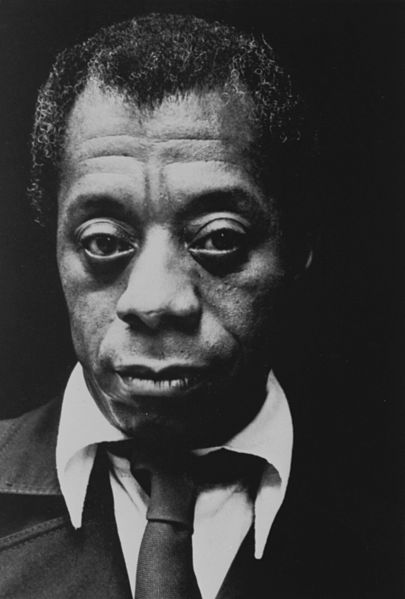
This essay analyzes several examples of Christian political theology in order to show how their strength, humility, memory, and solidarity are contingent on prayer.
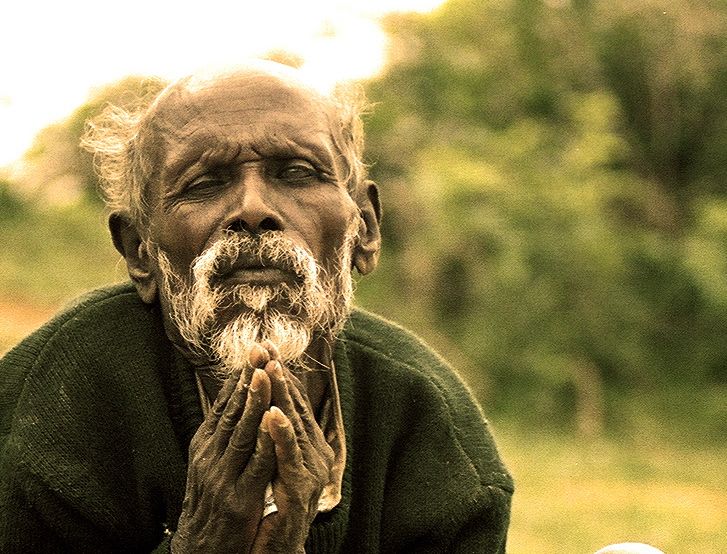
Our practices of petitionary prayer may make us misunderstand the work of the Holy Spirit when we are passing through the agonies of faith’s Gethsemane.
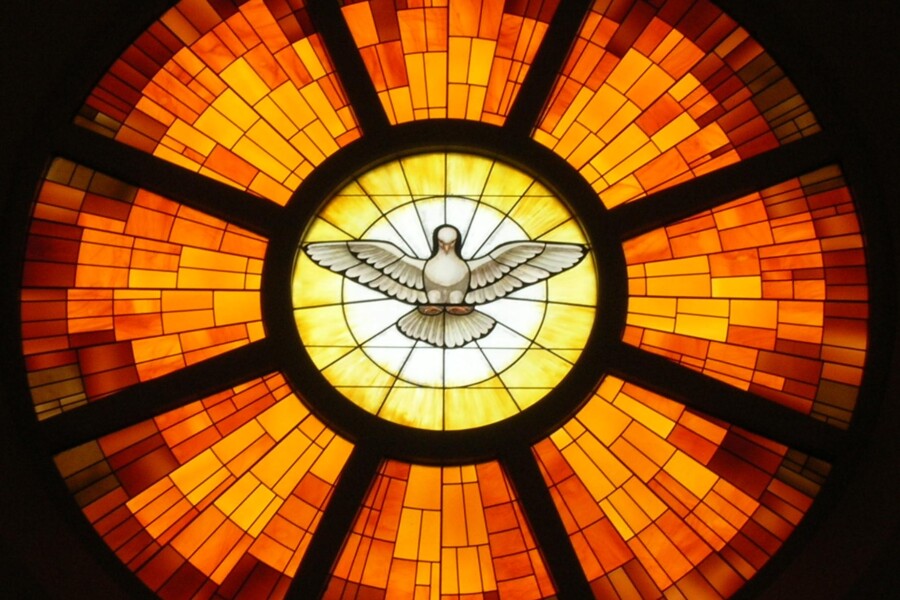
While humor may seem an unlikely ingredient for prayer, it can provide a way out of well-worn dichotomies and into encounters with the living God.

John Chapman once advised followers to “pray as you can, and do not try to pray as you can’t,” as a way of encouraging both freedom from the way others say we should pray as well as direction from someone who lives well a life of prayer.
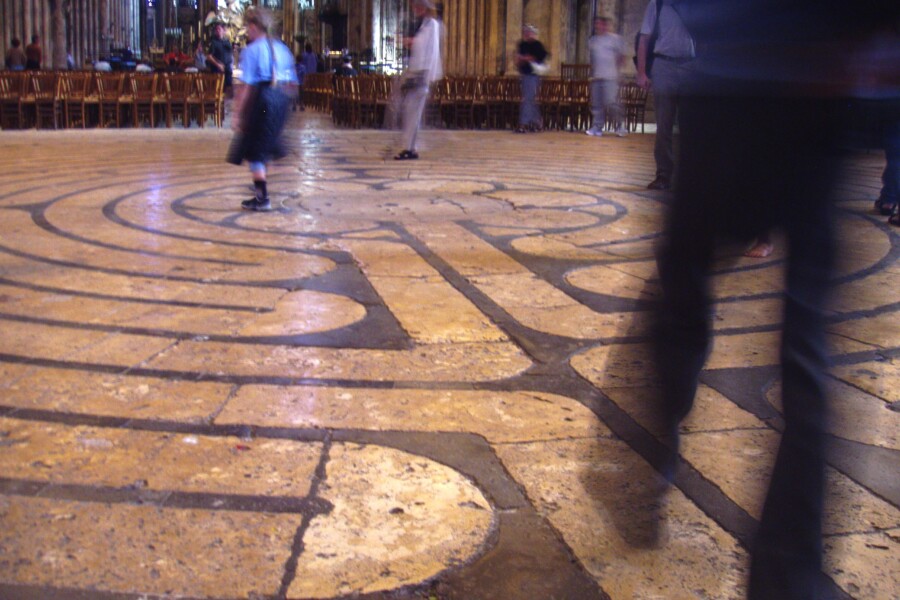
A review of A World for All? Global Civil Society in Political Theory and Trinitarian Theology, edited by William F. Storrar, Peter J. Casarella, and Paul Louis Metzger.
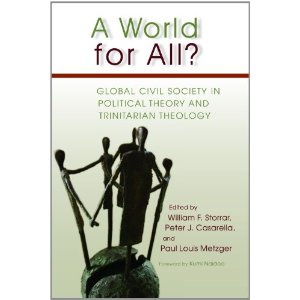
Christian worship is the unique context, space, and practice through which the gifts of healing, forgiveness, and reconciliation are received and embraced.
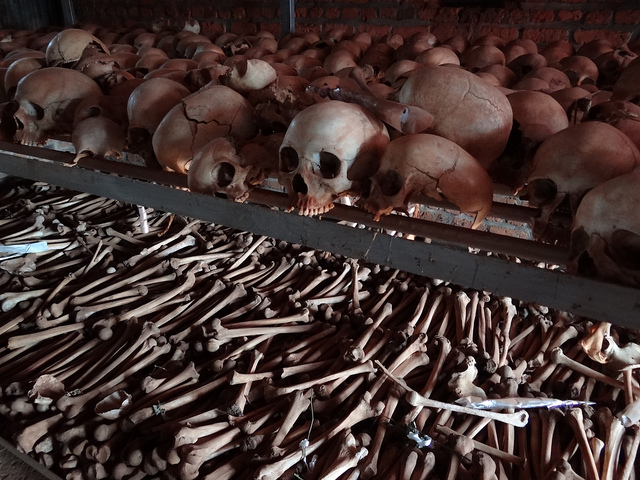
At its most basic level, the Christian life is about prayer. Prayer is the font of all theology and the mode of being that constitutes faith. And yet, no activity seems more elusive and, at times, vague. What do we mean by prayer? How do we practice it? Where have we described and practiced it wrongly? How does it […]
